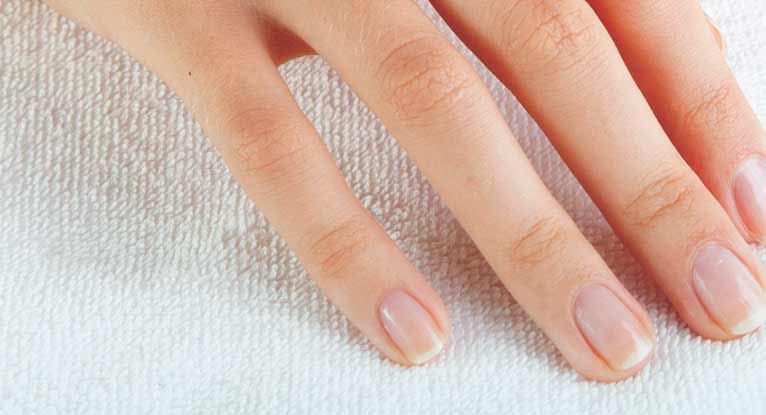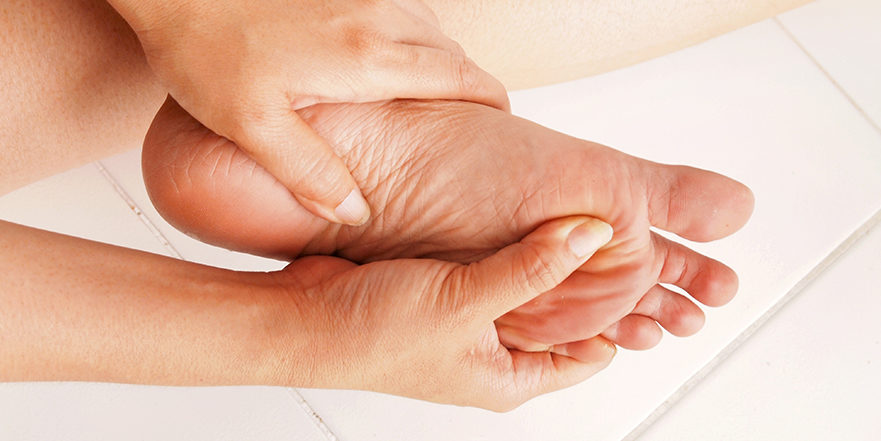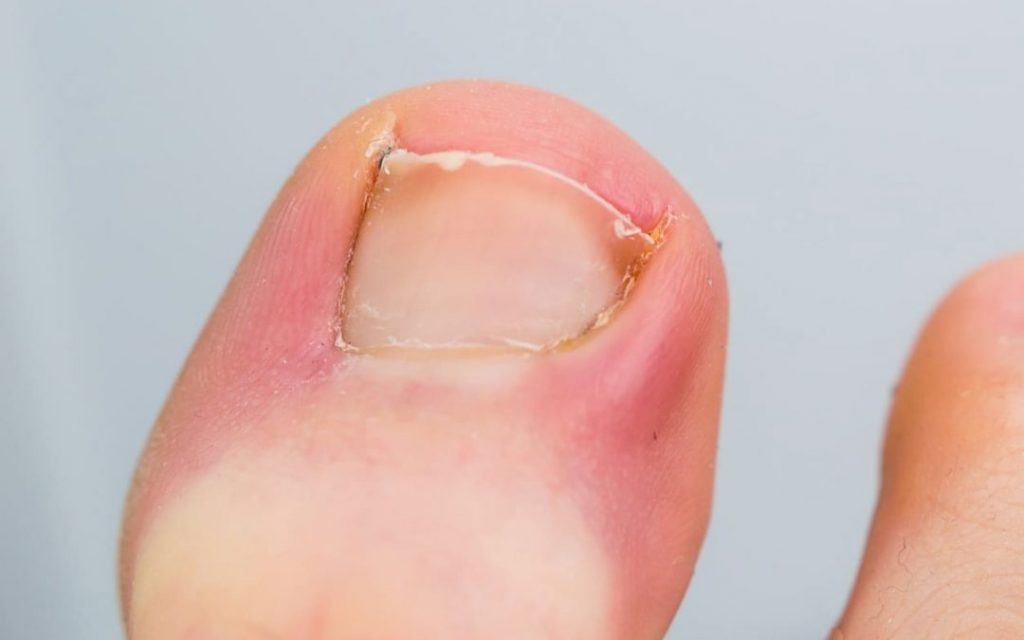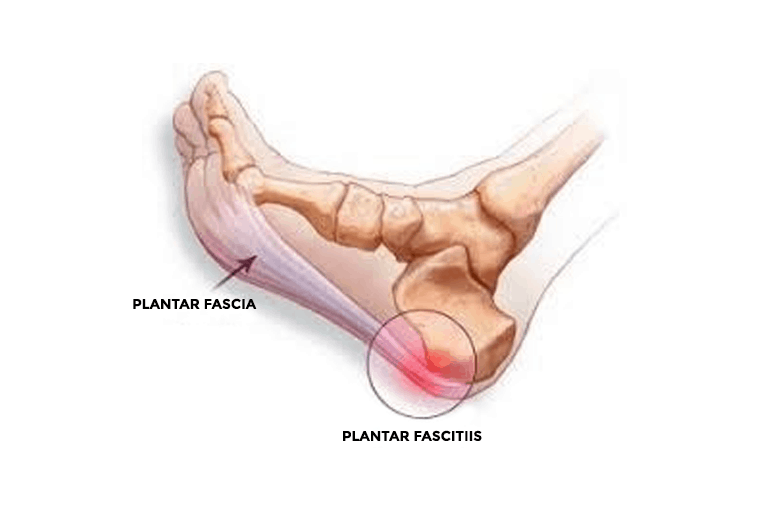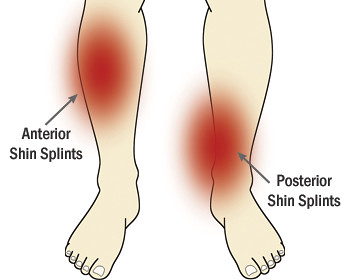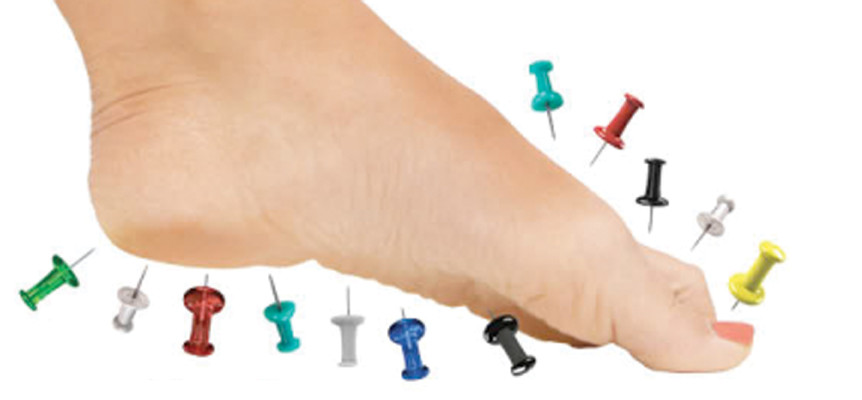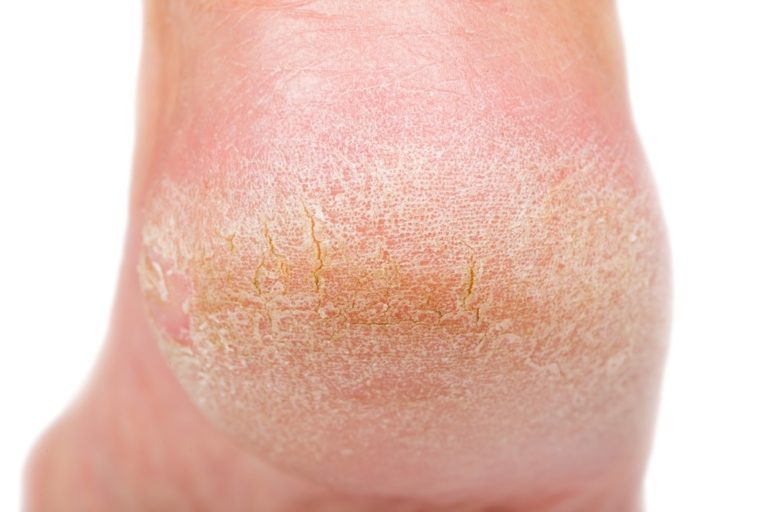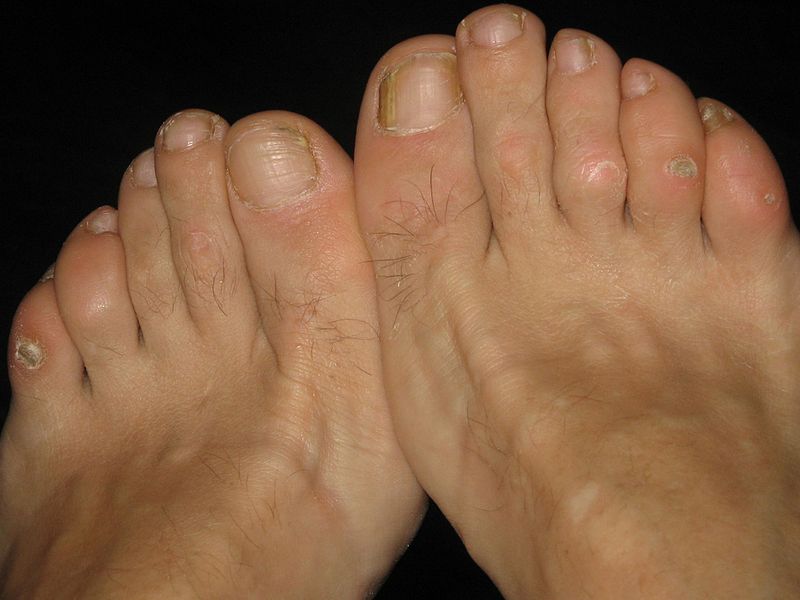Online Booking
window.addEventListener('message', function handleIFrameMessage (e) { var clinikoBookings = document.getElementById('cliniko-21421476'); if (typeof e.data !== 'string') return; if (e.data.search('cliniko-bookings-resize') > -1) { var height = Number(e.data.split(':')[1]); clinikoBookings.style.height = height + 'px'; } e.data.search('cliniko-bookings-page') > -1 && clinikoBookings.scrollIntoView(); });
Fungal Nail Infections
Fungal nail infections can cause a variety of changes in the affected nail, including: • white or yellow spots or streaks under the nail • nail thickening and roughness • brittle, crumbling nail edges • nail discoloration (white, yellow or brown) • separation of the nail from the nail bed Treatments Oral antifungals …
Hallux Limitus/Rigidus
Hallux limitus is the term podiatrists use to describe loss of motion in your big toe joint. Hallux rigidus is considered by many podiatrists to be the end stage of hallux limitus, or a state in which your ability to create motion in your big toe is lost or severely restricted. Symptoms may include pain, …
Ingrown Toenails
An ingrown toenail (onychocryptosis) Ingrown toenails are a common condition in which the corner or side of a toenail grows into the soft flesh. The result is pain, redness, swelling and, sometimes, an infection. Ingrown toenails usually affect your big toe. They can affect people at any age. Causes: Wide nail Poor nail cutting …
Peripheral Oedema
Oedema is an accumulation of interstitial fluid. The volume of fluid in the interstitial space is normally kept constant at around 20% of body weight. Normally leakage from capillaries and lymphatic drainage keep this in balance. However, a number of different pathological processes can disturb the balance, causing an excess of fluid to collect. …
Morton’s Neuroma
Morton’s neuroma is a painful condition that affects the ball of your foot, most commonly the area between the 3rd and 4th toes (about 65% of cases). It is less commonly found in the 2nd web space, and rarely at all in the 1st or 4th web spaces. A Morton’s Neuroma is actually incorrectly termed, …
Nail Conditions
White streaks Non uniform white spots or lines on the nail are called leukonychia. They are usually the result of a minor trauma and are harmless in healthy individuals. Sometimes leukonychia is associated with poor health or nutritional deficiencies. Factors can include infectious, metabolic, or systemic diseases as well as certain drugs. Nail Clubbing …
Plantarfasciitis
Plantar fasciitis is the most common cause of heel pain. The plantar fascia is the thick fibrous band of tissue that connects your heel bone to your toes. It forms the arch of the foot and functions as our natural shock-absorbing mechanism. Unlike muscle tissue, the plantar fascia is not very elastic and therefore is …
Shin Splints
Non-specific term used to describe pain in the front part of your lower leg. Shin splints are really a symptom rather than a specific diagnosis because they are probably caused by a number of different problems. It generally encompasses three conditions that can affect the lower leg – Medial Tibial Stress Syndrome (MTSS), Tibialis Anterior …
Wart (Verrucae Pedis)
Plantar warts are noncancerous skin growths, caused by a viral infection (human papillomavirus or HPV) in the top layer of the skin. They are common, especially in children. They are called plantar warts as they are generally located on the plantar surface of the foot. The virus enters your body through tiny cuts, breaks or …
Peripheral Neuropathy
The body’s nervous system is made up of two parts. The central nervous system (CNS) includes the brain and the spinal cord. The peripheral nervous system (PNS) connects the nerves running from the brain and spinal cord to the rest of the body…the arms and hands, legs and feet, internal organs, joints and even the …
Foot Odour
The main cause of smelly feet is sweat which, although it has no odour in itself, creates an environment for bacterial growth. It’s actually the waste products from these bacteria that create the smell. Even the most fastidiously clean people can suffer from foot odour. The following treatments may be useful, depending on the cause …
Dry Skin
Normal skin has a soft, supple texture because of its water content. For skin to feel soft, pliable and “normal,” its top layer must contain a minimum of 10% water — and ideally between 20% and 35%. To help protect the outer layer of skin from losing water, the skin’s sebaceous glands produce an oily …
Diabetes and your Feet
Diabetes can have effect multiple parts of your body. Foot complications are common consequence and can vary from simple to extreme. Diabetes can affect the feet in two major ways, Peripheral neuropathy and peripheral vascular disease. Diabetic peripheral neuropathy is a long-term complication of diabetes. Exposure to high blood glucose levels over an extended period …
What are corns?
Sometimes there is excessive repetitive pressure put on parts of the foot that is out of balance with other areas. These areas generally around bony prominences or joints. The body will respond to this by creating thicker skin in that area. This is known as callus and are part of the body’s defence system to …

